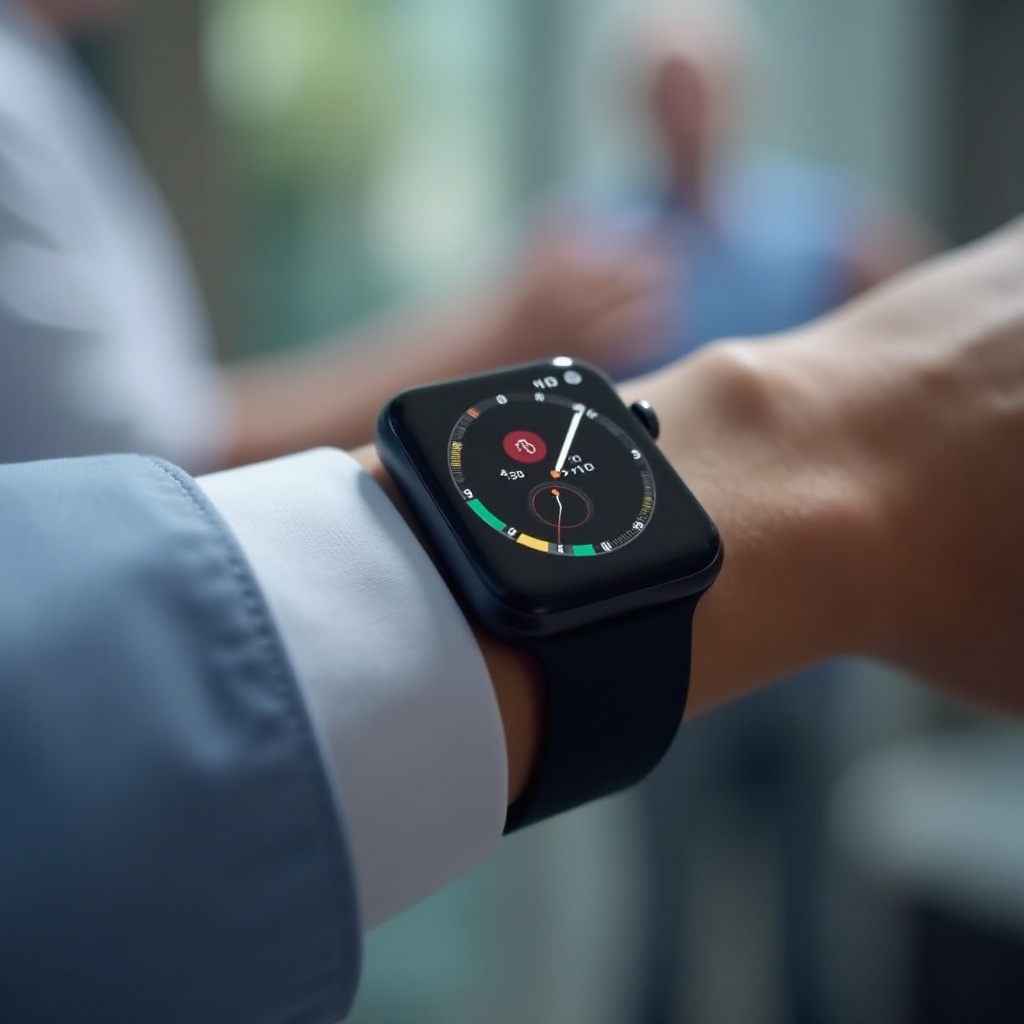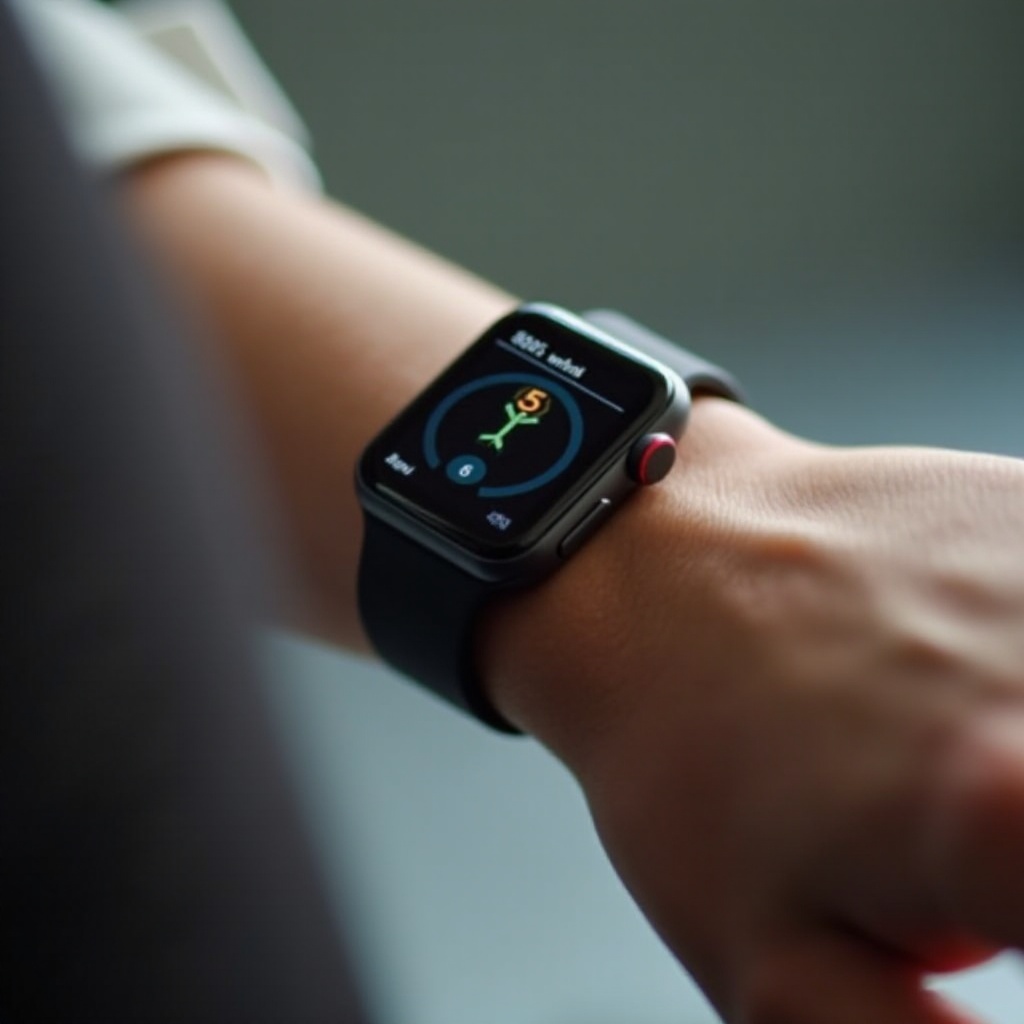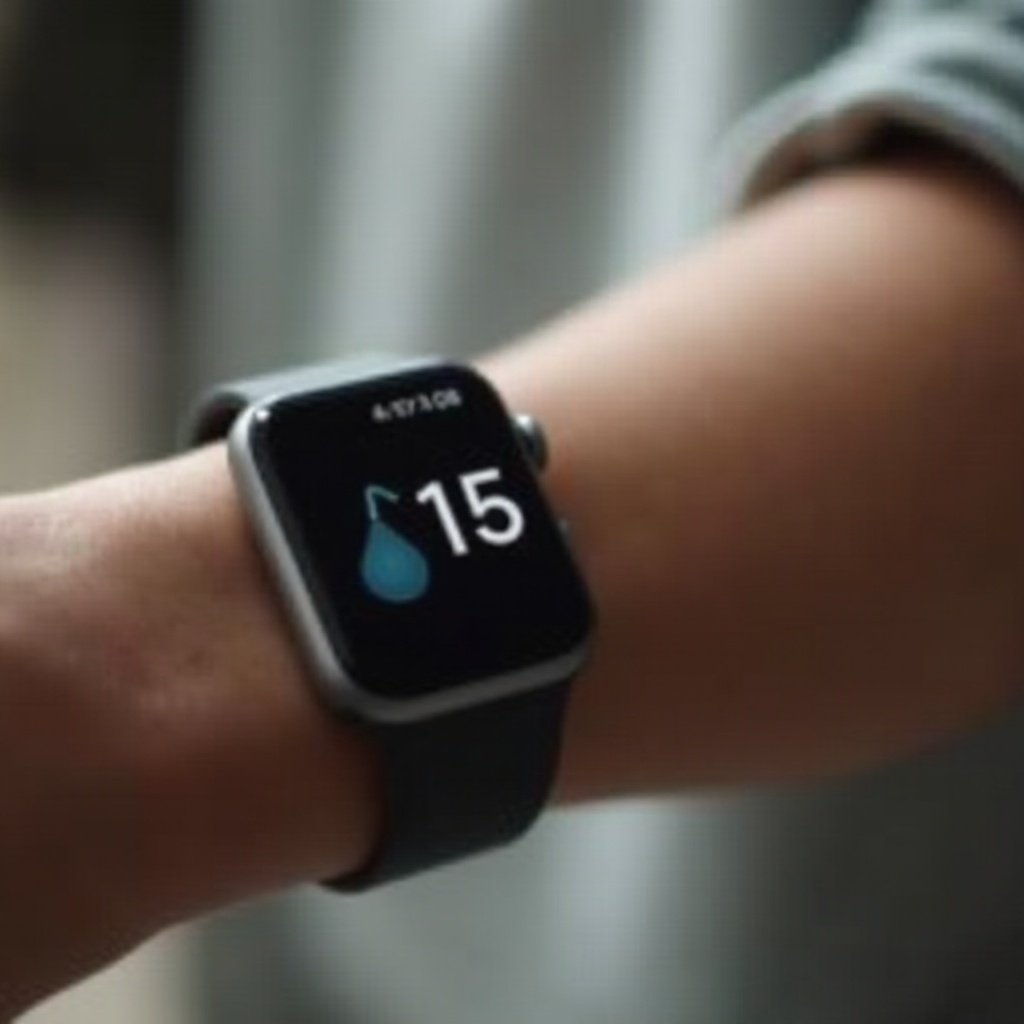Introduction
Smartwatches have evolved into versatile health monitoring tools, incorporating features like blood pressure measurements. As these devices offer convenience, questions about their accuracy naturally arise. This blog delves into the technology behind smartwatch blood pressure measurement, compares the accuracy of various brands, and reviews clinical studies and user feedback to determine the reliability of these devices for blood pressure monitoring.

The Technology Behind Smartwatch Blood Pressure Measurement
Smartwatches use advanced technologies to estimate blood pressure. They typically utilize optical sensors to measure heart rate and employ algorithms to infer blood pressure readings. The primary technology involved is photoplethysmography (PPG), which uses light to measure changes in blood volume, and electrocardiograms (ECG), which monitor the heart’s electrical activity. Some devices also incorporate pulse transit time (PTT) and pulse wave velocity (PWV) to analyze the speed at which blood pressure pulses travel along arteries, providing additional data for the algorithms.
While these technologies allow smartwatches to offer on-the-go blood pressure monitoring, their accuracy can vary based on several factors.

Comparing Smartwatch Brands for Blood Pressure Accuracy
The accuracy of blood pressure measurements can differ significantly among smartwatch brands. Let’s examine the performance of some leading brands:
Apple Watch
The Apple Watch is renowned for its health technology, including ECG and heart rate monitoring. While it lacks FDA approval for blood pressure monitoring, some third-party apps attempt to provide estimates using the watch’s sensors. However, without calibration with a traditional cuff, the accuracy of these readings can be inconsistent.
Samsung Galaxy Watch
The Samsung Galaxy Watch is among the few smartwatches with blood pressure monitoring approved in certain regions. It uses PPG and ECG sensors in conjunction with a dedicated app. Users must calibrate the watch with a traditional cuff bi-weekly for better accuracy. The readings are reasonably reliable but still cannot replace medical-grade devices.
Fitbit Sense
Fitbit Sense emphasizes overall wellness with features for heart rate monitoring and ECG. Currently, Fitbit employs a more experimental approach to blood pressure measurement, collecting data for future improvements. While some users find the readings somewhat accurate, they are not dependable enough to replace traditional sphygmomanometers.
Garmin Venu
Garmin Venu is primarily known for its fitness and health-tracking capabilities rather than medical accuracy in blood pressure monitoring. While it provides insights into heart rate and stress levels, its blood pressure measurement capability is less developed compared to other competitors. Accuracy varies, often necessitating verification with traditional methods.
Factors Influencing Measurement Accuracy
Several factors can impact the accuracy of blood pressure measurements on smartwatches:
- Calibration: Regular calibration with a traditional cuff device is crucial.
- Positioning: Proper positioning of the watch on the wrist, ensuring a snug but not tight fit, is vital for accurate readings.
- Motion Artifacts: Movements and activity levels can distort readings, so it’s best to measure when still and at rest.
- Algorithm Variability: Different brands use unique algorithms, some of which may be more accurate than others.
- User Consistency: Consistency in usage patterns, such as the time of day and physical condition during measurement, can affect results.
Clinical Studies and Research Findings
Various clinical studies have assessed the accuracy of smartwatch blood pressure monitoring. Research generally suggests that while smartwatches provide useful estimates, they are not as accurate as traditional blood pressure cuffs.
For example, a study published in the Journal of Medical Internet Research indicated that smartwatches could be useful for trend monitoring but aren’t suitable for standalone diagnoses. Another study in the American Journal of Hypertension found that although some devices showed promising accuracy under controlled conditions, user variables often led to inconsistent results.
Overall, clinical findings emphasize that smartwatches should be used as supplementary tools rather than primary diagnostic devices.
User Experiences and Reviews
User experiences regarding smartwatch blood pressure monitoring accuracy are mixed. Some users appreciate the convenience of having a monitoring tool on their wrist, providing regular estimates and helping them stay proactive about their health.
However, there are reports of frequent discrepancies between smartwatch readings and traditional devices, causing confusion and sometimes anxiety. Users often mention that calibration and proper usage significantly improve accuracy, but inconsistencies still exist.

Tips for Improving Measurement Accuracy
To obtain the most accurate blood pressure readings from your smartwatch, consider the following tips:
- Calibration: Regularly calibrate your smartwatch using a traditional cuff.
- Positioning: Wear the watch correctly, ensuring a snug fit.
- Consistency: Measure at the same time each day and under similar conditions.
- Stillness: Avoid movement during measurements to reduce motion artifacts.
Implementing these practices can help improve the reliability of your readings.
Conclusion
Smartwatches offer a convenient way to monitor blood pressure trends, but they are not without inaccuracies. Understanding the technology, comparing brands, and being aware of influencing factors can help users maximize the potential of these devices. Clinical studies and user experiences suggest that while beneficial, smartwatches cannot completely replace traditional methods. Regular calibration and mindful usage are essential for achieving better accuracy.
Frequently Asked Questions
How reliable are smartwatches for tracking blood pressure compared to traditional methods?
Smartwatches offer a convenient way to monitor blood pressure trends but are generally less accurate than traditional cuff devices. Calibration and proper usage can improve reliability, but they shouldn’t replace standard medical tools.
Can smartwatch blood pressure monitoring replace regular medical check-ups?
No, smartwatch monitoring should not replace regular medical check-ups. While useful for tracking trends, they lack the clinical accuracy needed for medical diagnoses.
What can affect the accuracy of blood pressure readings on a smartwatch?
Factors such as calibration, positioning, motion artifacts, algorithm variability, and user consistency can significantly impact the accuracy of blood pressure readings.

